Hindu Festivals Govardhan Puja
Govardhan Puja
Govardhan Puja, celebrated a day after Diwali, is a festival dedicated to Lord Krishna’s lifting of the Govardhan Hill to protect the people of Gokul from torrential rains sent by Lord Indra. On this day, devotees prepare large varieties of food, known as Annakoot, and offer them to Lord Krishna in gratitude for his protection and blessings. People create symbolic representations of Govardhan Hill using cow dung, flowers, and food, and worship it with devotion, signifying respect for nature, cows, and the environment. Families and communities come together to perform rituals, sing bhajans, and distribute prasad, spreading joy, faith, and unity. The festival emphasizes humility, devotion, and the belief that sincere faith in God shields devotees from hardships and difficulties.
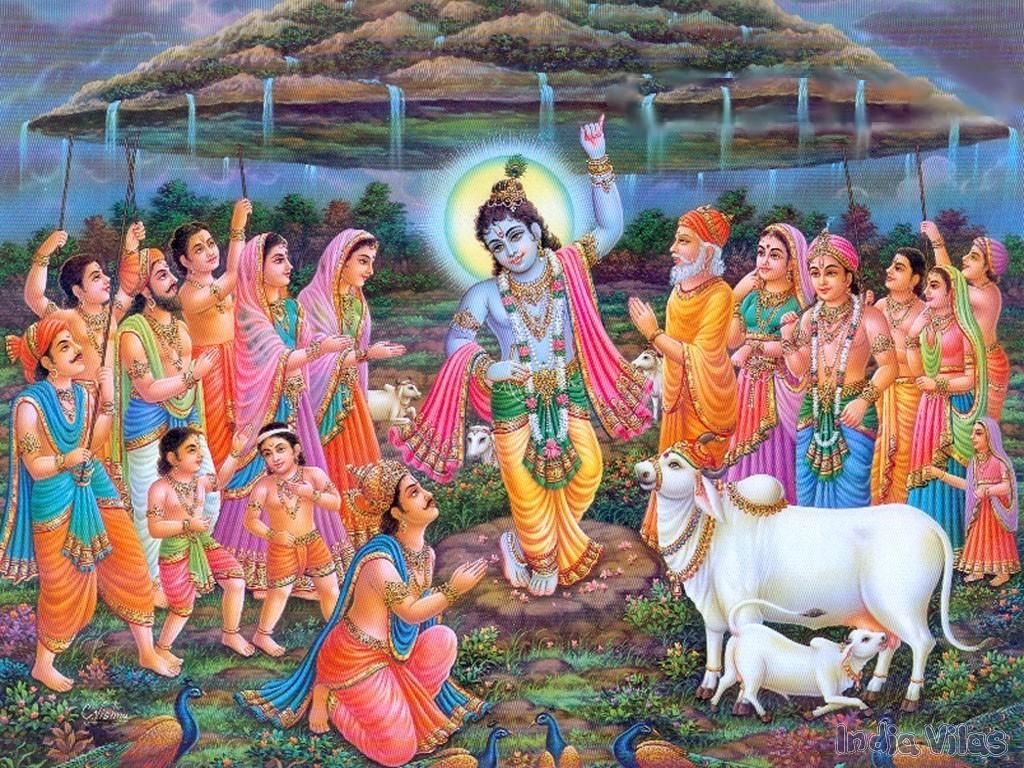


Govardhan Puja, celebrated the day after Diwali, commemorates Lord Krishna’s lifting of Govardhan Hill to protect the people of Gokul from Lord Indra’s wrath. Devotees prepare Annakoot, a grand offering of food, worship symbolic models of the hill, sing bhajans, and distribute prasad, expressing gratitude, devotion, and respect for nature.
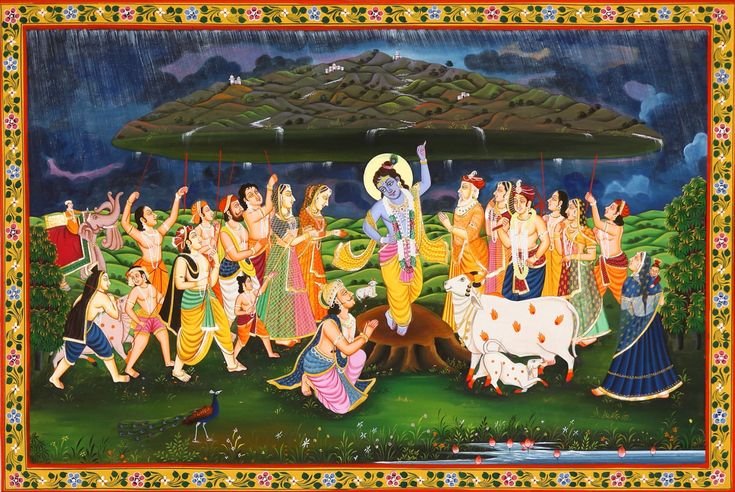

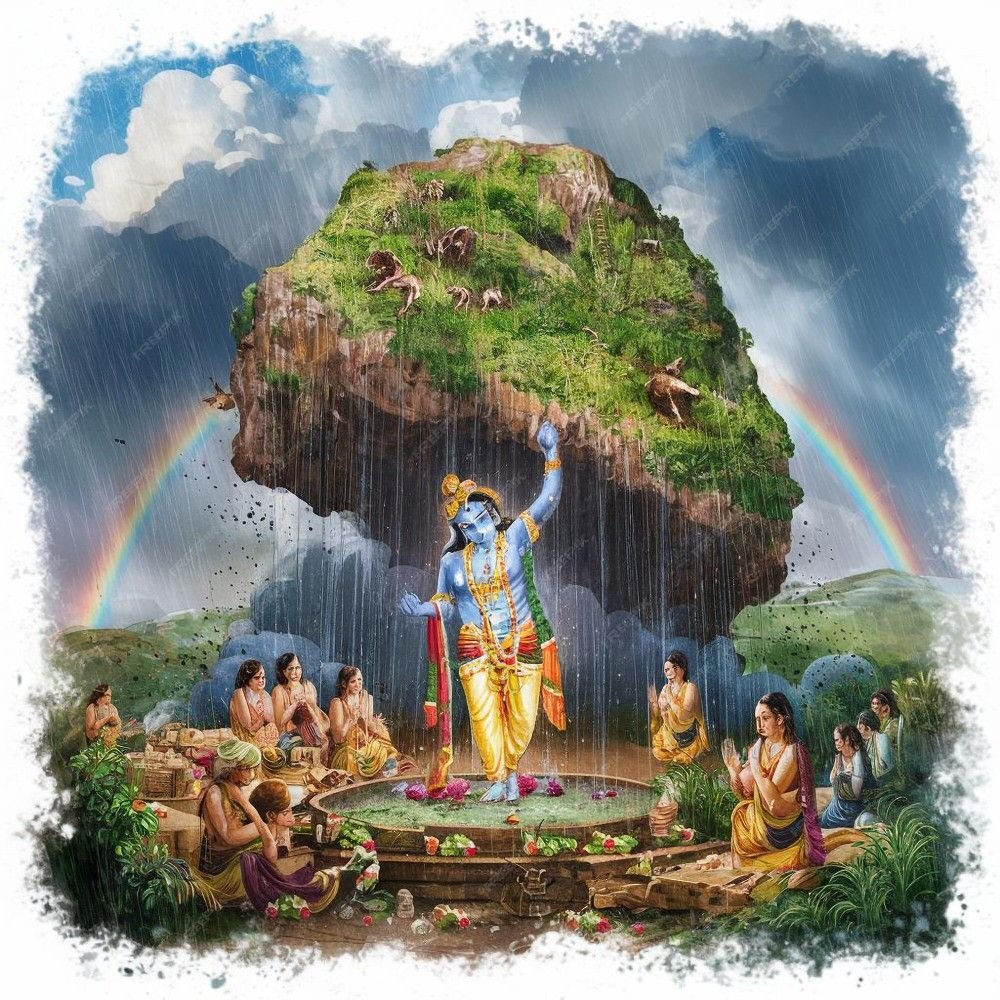


Rituals & Traditions of Govardhan Puja
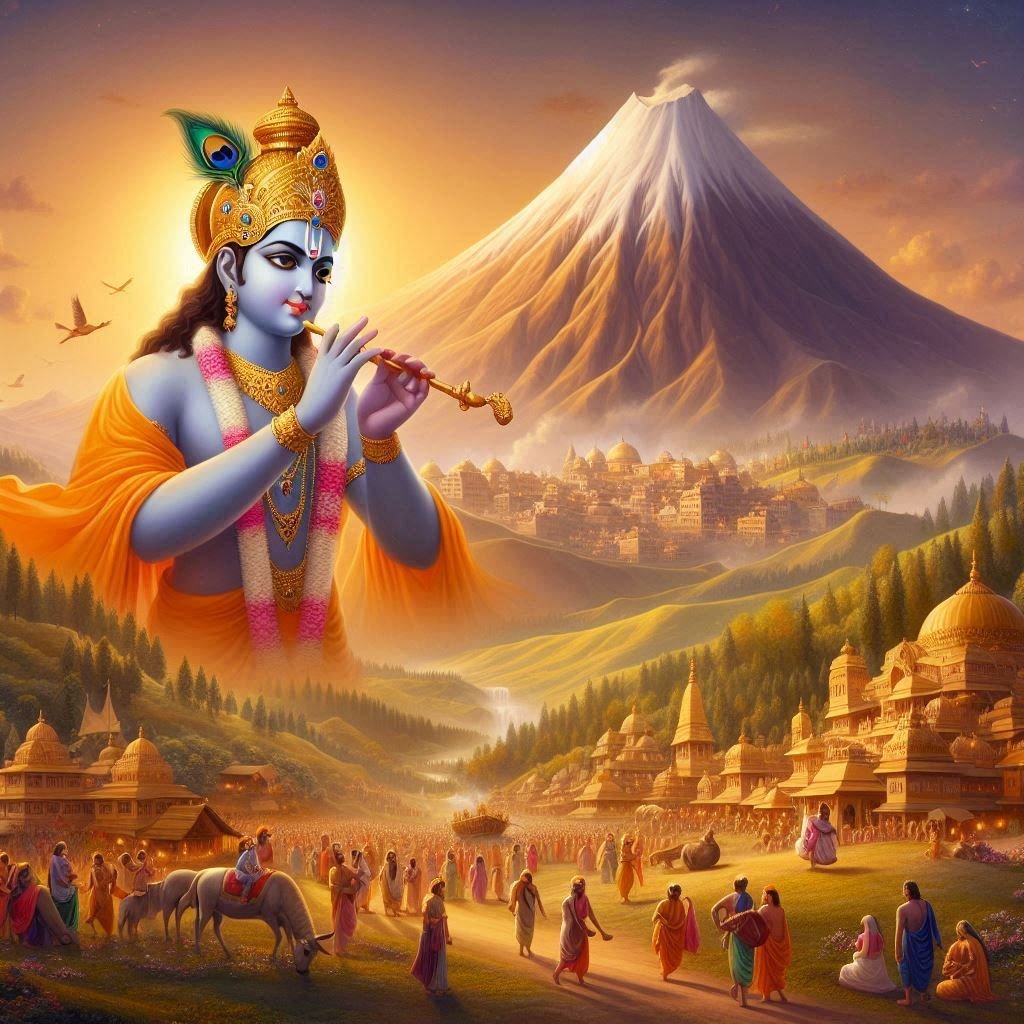
Govardhan Puja, celebrated the day after Diwali, is a significant Hindu festival that marks the divine act of Lord Krishna lifting the Govardhan Hill to protect the people of Gokul from the furious rains and floods caused by Lord Indra. According to the legend, the people of Gokul used to worship Lord Indra, but Krishna advised them to worship the Govardhan Hill instead, as it provided them with fertile land, water, grass for cattle, and natural protection. Angered, Indra unleashed a storm, and to save the villagers, Krishna lifted the entire hill on his little finger, sheltering everyone beneath it. This event symbolizes the power of devotion, humility, and faith over pride and arrogance. On Govardhan Puja, devotees prepare Annakoot, a grand offering of many different food items, grains, vegetables, and sweets, which is presented to Lord Krishna as a token of gratitude. Symbolic models of Govardhan Hill, often made of cow dung, flowers, and food, are created and worshipped with great devotion, showing respect for nature and cows, which are considered sacred. Families and communities gather for puja, sing bhajans, perform rituals, and distribute prasad, creating an atmosphere of joy and togetherness. The festival not only honors Krishna’s protection but also conveys a timeless message of gratitude toward nature and reliance on devotion and humility.
Spiritual Importance & Cultural Significance
Govardhan Puja, celebrated on the day after Diwali, is a festival of deep cultural and spiritual importance that commemorates the divine act of Lord Krishna lifting the mighty Govardhan Hill to save the people of Gokul from the torrential rains unleashed by Lord Indra. According to the legend, the people of Gokul would worship Lord Indra for timely rains, but young Krishna advised them to instead worship Govardhan Hill, which provided them with fertile soil, water, grass for their cattle, and natural protection. Angered by this, Indra sent continuous rains to punish the villagers, but Krishna, using his divine power, lifted the hill on his little finger and sheltered all the people and cattle beneath it until the storm subsided. This victory highlighted the power of devotion, humility, and faith over arrogance and pride. To honor this event, devotees celebrate Govardhan Puja by preparing Annakoot, a grand feast made with a wide variety of food, grains, vegetables, and sweets, which is offered to Lord Krishna as an expression of gratitude. Many people also create symbolic representations of Govardhan Hill using cow dung, flowers, and food, which are worshipped with reverence, signifying respect for nature and cows. Families and communities gather for puja, sing devotional songs, perform rituals, and distribute prasad, spreading joy and togetherness. Govardhan Puja not only celebrates Lord Krishna’s protection but also reminds people to live in harmony with nature, appreciate its blessings, and practice humility, faith, and devotion in everyday life.
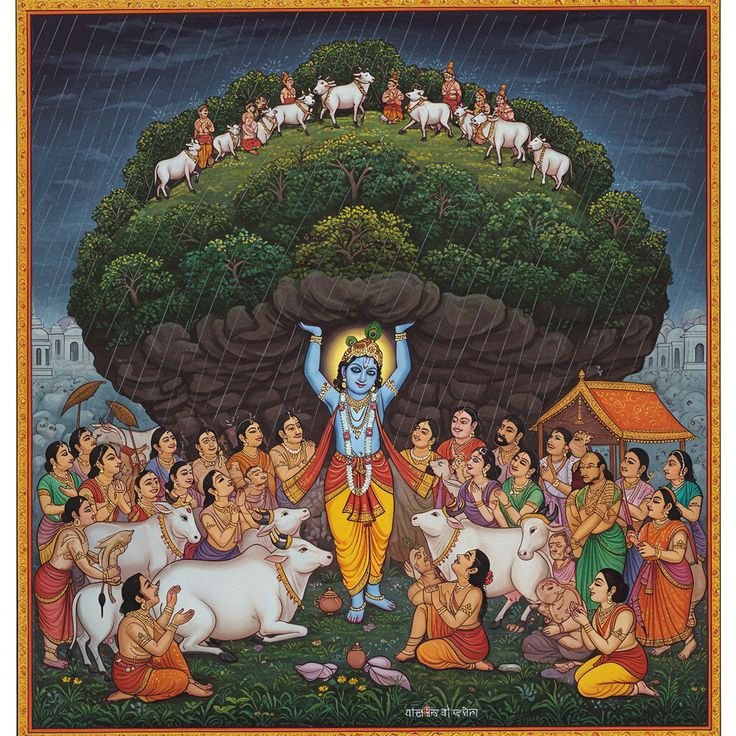

Food & Sweets & Modern Celebrations
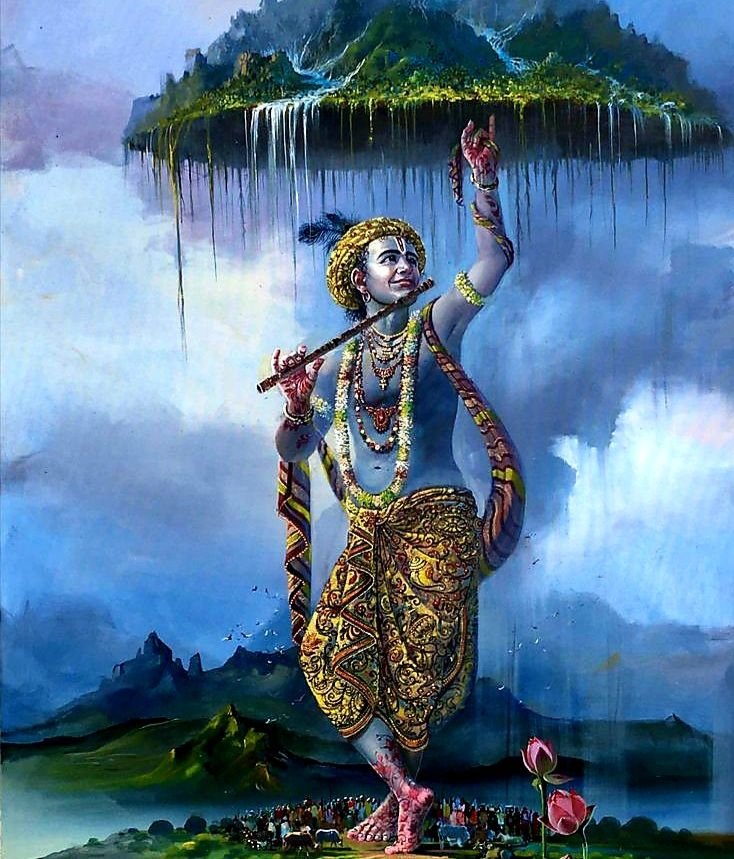
Govardhan Puja, observed the day after Diwali, is a festival of great cultural, religious, and spiritual significance that celebrates the divine act of Lord Krishna lifting the Govardhan Hill to protect the people of Gokul from the devastating rains and floods caused by Lord Indra. According to the legend, the villagers of Gokul used to worship Indra for rains, but young Krishna advised them to honor the Govardhan Hill instead, as it was the true source of their well-being, providing fertile soil, water, food, and shelter for people and cattle. Offended by this, Indra sent torrential rains to punish the villagers, but Krishna, in his divine form, lifted the entire Govardhan Hill on his little finger, creating a vast umbrella under which all the people and animals found safety. This event is remembered as a symbol of humility and faith overcoming arrogance and pride, while also emphasizing the importance of nature. On this day, devotees prepare a grand offering known as Annakoot, which consists of a wide variety of food items, vegetables, grains, and sweets, offered to Lord Krishna in gratitude for his protection and blessings. Symbolic models of Govardhan Hill, often crafted from cow dung, flowers, and food, are worshipped with devotion, reflecting respect for the environment and the sacredness of cows. Families and communities come together to perform rituals, sing bhajans, light diyas, and distribute prasad, spreading joy and unity. Beyond its rituals, Govardhan Puja conveys a timeless message of living in harmony with nature, valuing humility, and keeping faith in divine protection, making it a festival of devotion, gratitude, and togetherness.




















































